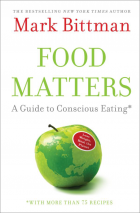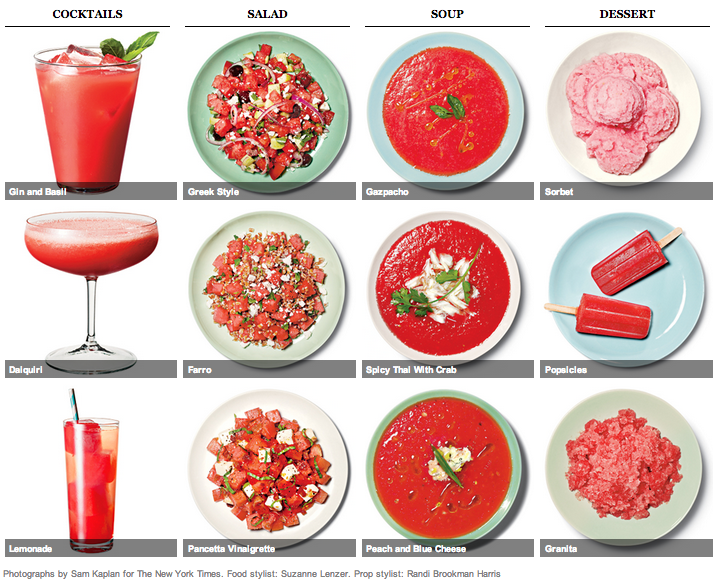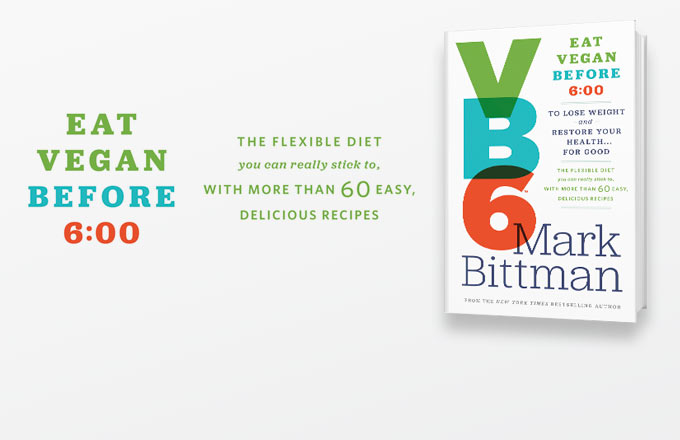Here’s a good line: “[U]nenlightened farm policy — with its massive subsidies for junk food ingredients — has played a pivotal role in shaping our food system over the past century. But that policy can readily be changed.”
With the possible substitution of the word “might” for “can,” this is pretty much an inarguable statement. It comes from “The $11 Trillion Reward: How Simple Dietary Changes Can Save Money and Lives, and How We Get There,” a report produced by the Union of Concerned Scientists (U.C.S.) to be introduced at the farmers’ market[1] at New York’s Mount Sinai Hospital Wednesday.
That’s a big number, $11 trillion, but even if it’s off by 90 percent (it’s difficult to put a value on lives), who’s to scoff at a trillion bucks? In any case, this summary of current research, which contains the argument that even a tiny increase in our consumption of fruits and vegetables would have a powerful impact on health and its costs, agriculture and the economy, is compelling.
Read the rest of this column, here.
















